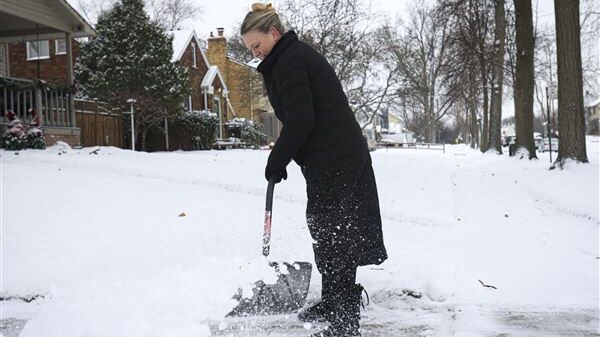Understanding the nuances of human behavior can illuminate the dynamics within our relationships. One often overlooked response to trauma is known as “fawning,” a term introduced by psychotherapist Pete Walker. This reaction involves appeasing others in order to avoid conflict or danger, rather than engaging in the more commonly recognized responses of fight, flight, or freeze.
What Is Fawning?
According to Ingrid Clayton, Ph.D., a licensed clinical psychologist, fawning is characterized by a person’s attempt to become more appealing to a perceived threat. As described in her article for Psychology Today, Walker defines fawning as a way to diffuse conflict by mirroring or merging with the desires and expectations of others. This response is particularly prevalent among individuals who have experienced long-term relational trauma, which may stem from childhood or developmental experiences.
Dr. Clayton emphasizes that when individuals engage in fawning, they often compromise their own boundaries and struggle to articulate their needs. This behavior may lead to a pattern of accommodating others, especially those perceived as threatening.
Fawning in Romantic Relationships
In romantic contexts, fawning can manifest as people-pleasing behaviors that ultimately come at a personal cost. For instance, one might feel obligated to engage in sexual intimacy even when they wish to decline, prioritizing their partner’s happiness over their own comfort. Likewise, individuals may invalidate their own feelings to maintain harmony, believing that their needs are less important than those of their partner.
Dr. Clayton outlines various examples of fawning, including apologizing to individuals who have caused harm, overlooking inappropriate behavior, and obsessively seeking approval from others. These behaviors can create an unhealthy dynamic in relationships, particularly if one partner takes advantage of the other’s accommodating nature.
Healing from the Fawning Response
Recognizing the fawning response is the first step toward healing. This pattern does not mean that a relationship is inherently flawed; rather, it may result from ingrained behaviors where individuals feel their needs are “inconvenient” or likely to lead to abandonment. In unhealthy partnerships, this tendency can be exploited, while in healthier relationships, partners should encourage open dialogue about individual needs.
Dr. Clayton stresses the importance of self-care in overcoming the fawning response. This may involve prioritizing one’s own needs, which can feel daunting but is essential for personal growth. Seeking professional guidance can also provide valuable support during this process.
Moreover, enhancing self-worth and self-identity is critical for those who habitually fawn. Individuals often spend years appeasing others, which can leave them disconnected from their true selves. Learning to set boundaries is equally vital. For those who struggle with saying “no,” practicing this skill can help establish healthier interactions.
Ultimately, understanding and addressing the fawning response empowers individuals to reclaim their autonomy in relationships. By fostering confidence and a strong sense of self, one can cultivate healthier connections without sacrificing personal needs.
In conclusion, recognizing the fawning response is crucial for anyone seeking to improve their relational dynamics. With awareness and support, it is possible to break free from patterns that hinder personal fulfillment and create more balanced and respectful partnerships.








































































